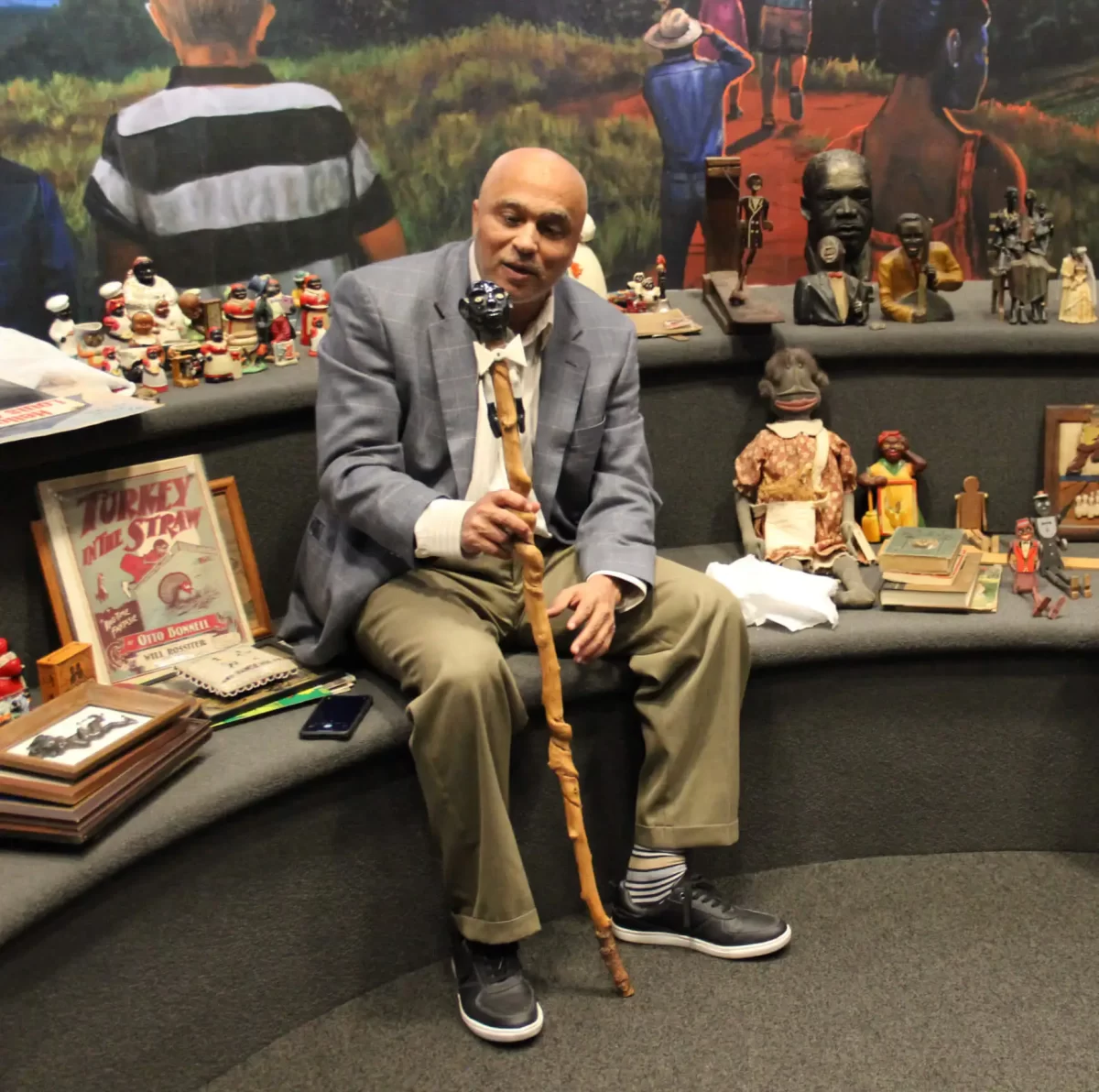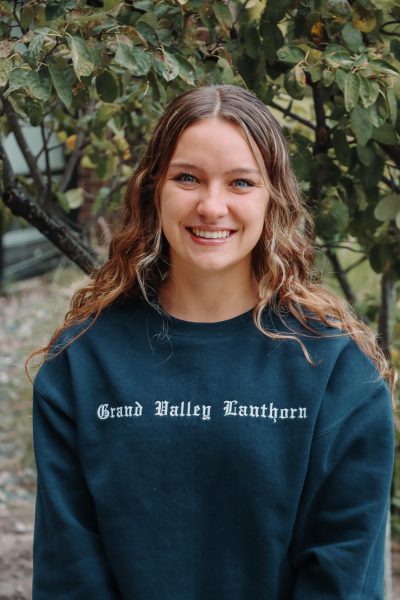The Grand Rapids Public Museum (GRPM) hosted a traveling exhibit from the Jim Crow Museum at Ferris State University (FSU) from June 3 to Sept. 3. The exhibit titled “Overcoming Hateful Things: Stories from the Jim Crow Museum of Racist Imagery” addressed the history and lasting impact of racism and racist policies in the U.S.
GRPM is the first museum in the country to host the FSU Jim Crow Museum’s traveling exhibit. Its presence at GRPM aimed to create an experience for visitors to learn, observe and engage with history in a way that gives context to hateful imagery and items. The exhibit hoped to teach people about the wrongs of the past in order to work for a more just future.
FSU’s Jim Crow Museum was founded in the early 1990s by David Pilgrim, Ph.D., who donated his personal collection of historical items to the university. Pilgrim is currently the Vice President of Diversity, Inclusion and Strategic Initiatives at FSU and the Director of the Jim Crow Museum.
“The museum was founded to create a space for dialogues about race, racism and race relations,” said Pilgrim. “The museum has more than 25,000 objects that are used to document the Jim Crow period in this country—but I hasten to add that the museum also includes objects that show African Americans pushing back against discrimination, segregation and other horrors that occurred in this nation’s past.”
Pilgrim said the objects in the exhibit act as “powerful teaching tools” for visitors. Similarly, GRPM’s Vice President of Marketing and Public Relations Dustin Tyler said having the objects in the setting of a museum is impactful for visitors. He said seeing “racist propaganda” with the context, stories and historical explanations of an exhibit can give people a better understanding of how the hateful things they observe impact our past and future.
“It (the exhibit) is just a great reminder of how much work we’ve done and how much work we still have to do,” said Tyler. “This exhibit provides a safe space to have these uncomfortable conversations about race relations.”
Pilgrim said the Jim Crow exhibit’s ability to “facilitate constructive, though sometimes difficult, conversations” remained consistent when bringing the exhibit from FSU to GRPM. He said he is “proud to collaborate” with GRPM to bring the exhibit’s message to West Michigan.
Tyler said GRPM was careful in hosting and “rolling out” the exhibit to accurately represent the mission of the Jim Crow Museum. In order for visitors to properly understand and take in the content, Tyler said GRPM set an age restriction for the exhibit: not recommended for children under 12 and minors 12 to 17 had to be accompanied by an adult.
Since the exhibit opened on June 3, over 20 percent of total general admission visitors attended the “Overcoming Hateful Things” exhibit. Tyler said the impact has been “profound” for those who have visited. The end of the exhibit featured a whiteboard where guests could reflect on their time there which created a visual representation of their experiences with the material.
Although the traveling exhibit is now closed at the GRPM, the work of the Jim Crow Museum at FSU continues to develop and expand. Pilgrim said the museum hopes to help society “progress” by learning from the past and the message it conveys is vital to ensure that the nation does not repeat or extend the malicious parts of history.
“Today, we are a more democratic and egalitarian society than we were, but we still live in the residue of Jim Crow. For example, the caricatured images and racist depictions common in the Jim Crow period have morphed into contemporary society,” Pilgrim said. “Also, when there is a race-based incident that occurs today that receives national attention, racist objects are created shortly thereafter.”
The exhibit acts as a visual representation and helps to educate people when knowledge of race-related history can often be limited. Pilgrim said although there are many parts of history that “should make us proud,” it is important to take an “accurate and honest look” at national wrongdoing.
To promote the FSU Jim Crow Museum’s work, Pilgrim and the university are raising funds to create a new facility for the museum. They hope this project will continue to help open up opportunities for new tools and resources, advance the mission of the exhibit and draw in visitors from all over the world.


























